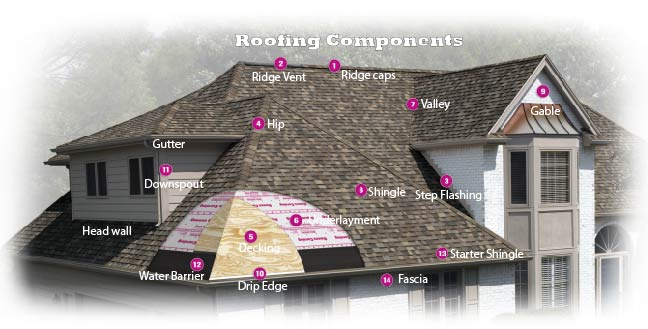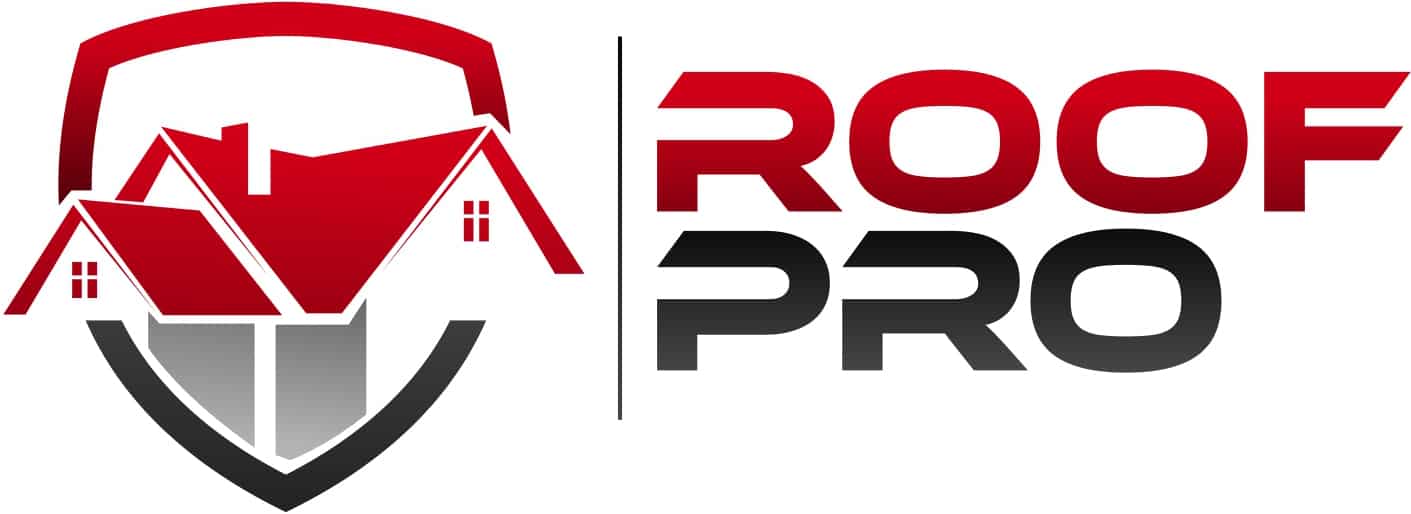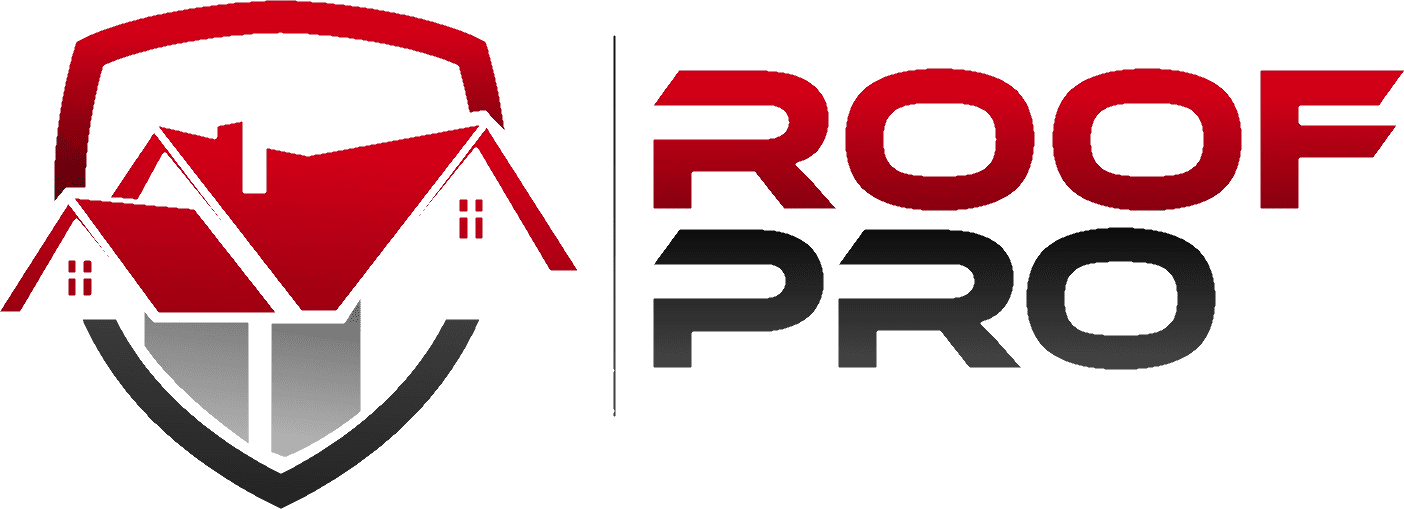by Admin
Share
by Admin
Share

Welcome to Roof Pro’s official blog! In this comprehensive guide, we’ll walk you through the essential components that make up the anatomy of a roof.
Understanding these key elements is crucial for homeowners, contractors, roofers, and anyone involved in the roofing industry.
Let’s dive in and explore the different components of a roof and their importance.
Roof Deck:
The roof deck serves as the foundation of the roof structure. Typically made of plywood or oriented strand board (OSB), it provides stability and a solid base for the other roofing materials.
Underlayment:
The underlayment is a protective layer installed directly on top of the roof deck. It acts as a waterproof barrier, shielding the roof from moisture and preventing leaks. High-quality underlayment is essential for a durable and long-lasting roof.
Roofing Shingles:
Roofing shingles are the most visible and crucial part of the roof. They come in various materials like asphalt, wood, metal, or tile. Shingles protect the roof from weather elements, enhance its aesthetic appeal, and provide insulation.
Flashing:
Flashing refers to the metal strips or sheets installed around roof openings, such as chimneys, skylights, vents, and valleys. It prevents water from seeping into vulnerable areas, ensuring a watertight seal and safeguarding against leaks.
Ridge Vent:
A ridge vent is a ventilation component located at the peak of a roof. It allows hot air and moisture to escape, promoting better airflow and preventing the buildup of condensation. Proper ventilation is essential for maintaining a healthy and energy-efficient roof system.
Gutters and Downspouts:
Gutters and downspouts play a vital role in roof drainage. They collect rainwater and direct it away from the roof, foundation, and surrounding areas. Properly functioning gutters and downspouts prevent water damage, such as mold growth and foundation erosion.
Soffit and Fascia:
The soffit and fascia are located on the underside and outer edges of the roof, respectively. Soffit vents allow air to flow into the attic, while fascia boards provide a clean and finished look to the roofline. Both components are crucial for proper ventilation and overall aesthetics.
Conclusion:
Understanding the anatomy of a roof is essential for homeowners, contractors, and anyone involved in the roofing industry. By knowing the different components and their functions, you can make informed decisions about roof repairs, maintenance, and replacement. Remember to consult a professional roofing contractor like Roof Pro for expert advice tailored to your specific needs.
At Roof Pro, we specialize in providing top-notch roofing services, including installation, repair, and maintenance.
Contact us today to ensure your roof remains in excellent condition for years to come.

STAY IN THE LOOP


